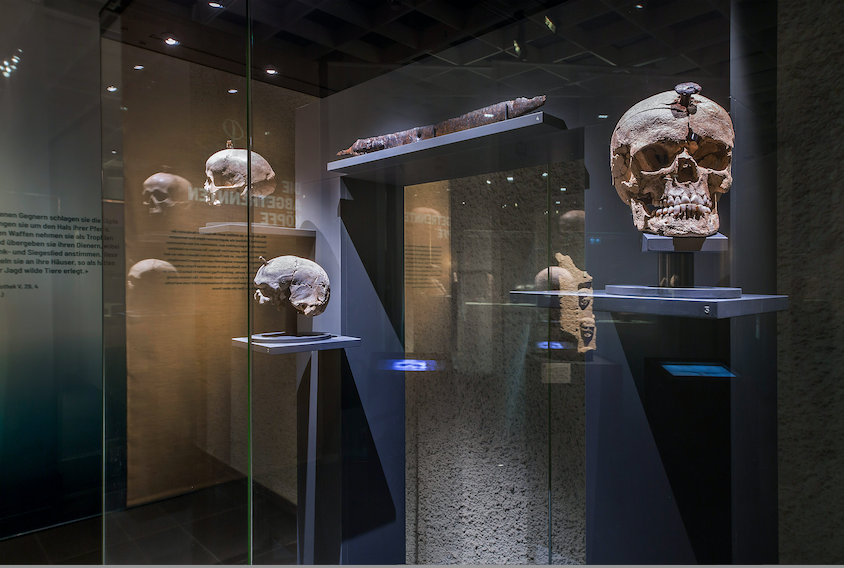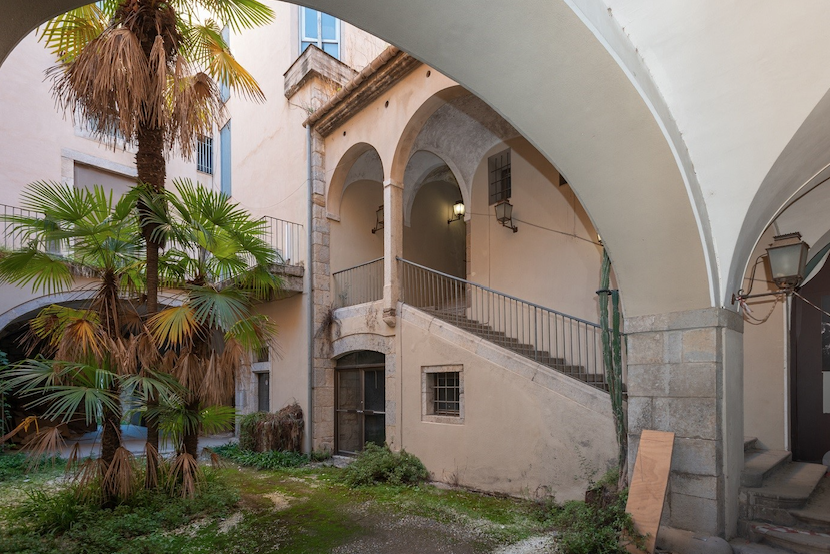Exhibitions
The Antiken Museum Basel und Sammlung Ludwig hosts the great exhibition of the Iberians
'IBERER' is an exhibition in collaboration between the Museum of Archeology of Catalonia and the Museum of Ancient Art in Basel and the Ludwig Collection on the Iberian peoples

For the first time, the Iberians are the center of attention of a major archaeological exhibition in Switzerland. In collaboration with the Museum of Archeology of Catalonia, the Museum of Ancient Art in Basel and the Ludwig Collection, they are exhibiting at IBERER more than 260 objects from 40 archaeological sites that bear witness to the diversity and beauty of these towns important European Iron Age. The exhibition will be open to the public at the Antiken Museum Basel und Sammlung Ludwig in Switzerland from November 19, 2023 to May 26, 2024.
The exhibition is based on one of the most relevant collections on Iberian culture of the Museu d'Arqueologia de Catalunya (MAC) and offers a fascinating insight into the history of the Iberian peoples. The history of the Iberians is illustrated through original findings, charts and maps from their beginnings to their demise. Digital productions, such as the reconstruction of the Iberian city of Ullastret, resurrect the Iberians in their heyday. The scenography reproduces the Iberian landscape, from the coastal areas where merchant ships docked to the impressive surroundings of a typical Iberian village.
The period of the Iberians began in the sixth century BC and ended some five hundred years later with the conquest of the entire Iberian peninsula by the Romans. Thanks to their high level of social evolution, the Iberians earned a place among the most relevant cultures of the Iron Age.
The Iberians lived in the south, on the coasts of Andalusia between the Atlantic and the Mediterranean, and all along the eastern coast of Spain as far as Languedoc and the south of France. Spectacular finds, but also objects of simple use, paint the image of a society marked by agriculture with an upper class interconnected on an interregional scale. Iberian culture evolved from the union of local traditions with external influences from the East and Greece. It was characterized by highly developed production techniques, such as in gold and silversmithing, as well as by a language and script of its own, a complex worship of deities, and expensive rituals both in the private and public spheres.








